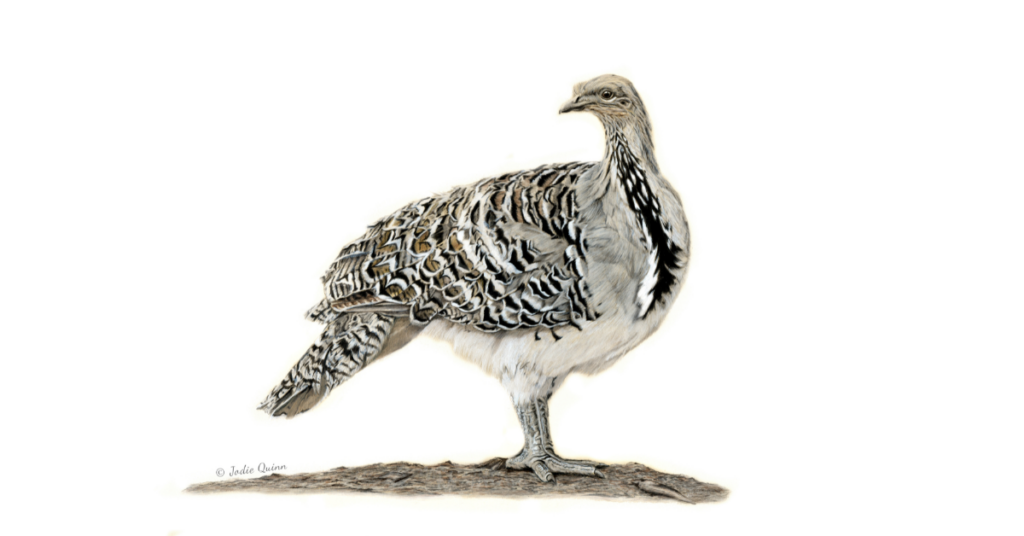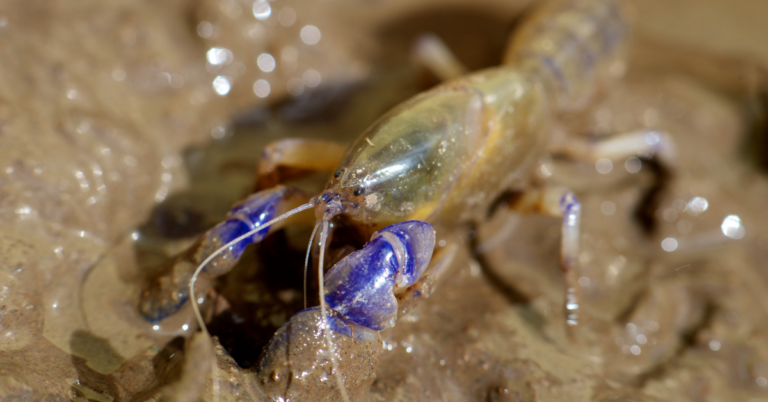Ngoolyark (Carnaby’s black-cockatoo)
The Carnaby’s black-cockatoo (Ngoolyark in Noongar language or Calyptorhynchus latirostris) is an endangered parrot species, endemic (found nowhere else) to our South West.
They migrate back and forth from the Swan Coastal Plain – north of our NRM region – where they feed during the summer, to the Wheatbelt where they breed in tree hollows during the winter. It’s estimated their population has reduced by over 50 per cent in the past 50 years due to extensive loss of breeding and foraging habitat. In fact, it’s estimated their range has contracted by about 30 per cent.
Additionally, the remaining population is likely to be ageing and even beyond breeding age. Though black-cockatoos are long-lived, few chicks survive to adulthood. Those young enough to help secure the population battle with a now limited number of remaining nesting sites.
Other threats to their survival include:
- Clearing of vegetation used for feeding and roosting;
- Competition for nesting hollows from Galahs, corellas and feral bees;
- Stock trampling revegetation and degrading remaining nesting trees;
- Illegal poaching and persecution;
- Road strike.
Source: * Southwest Black-Cockatoo Recovery – BirdLife Australia

Photo by Justin Cally, Wildlife Photographer
Gnow (malleefowl)
The malleefowl (Gnow in Noongar language or Leipoa ocellata) is a large, ground-dwelling bird and one of only three species in Australia that nests by building a large mound where eggs are incubated inside. Malleefowl once ranged across much of the southern half of Australia but have declined sharply since European settlement. Populations that remain are small and isolated.
In our South West NRM region, they were once prevalent but our now limited to the eastern edge of our range. They are a nationally-listed threatened species with a conservation class of ‘vulnerable’. Considerable research, monitoring and recovery efforts may have slowed malleefowl decline in recent years, but overall numbers continue to fall and the species will require ongoing support under changing climatic conditions.
Threats to their survival include:
- Agricultural land clearing;
- Altered fire regimes;
- competition with introduced herbivores;
- Declining rainfall.
Information source: Malleefowl – DCCEEW

The problem
According to ‘Australia: State of the Environment Report 2021‘ Australia continues to have one of the highest rates of species decline among countries in the Organisation for Economic Co-operation and Development (OECD).
Over 100 Australian species are listed as ‘Extinct’ or ‘Extinct in the Wild’ under Australian national, state or territory legislation. Our biodiversity continues to be in decline with ramifications for human health, wellbeing and economic prosperity.
Both species have been listed among 110 species (including 22 birds) flagged for priority attention in the Australian Government’s Threatened Species Action Plan 2022-2032: Towards Zero Extinctions.
Both species have cultural significance for Noongar people.
What we’re doing about it
The South West NRM region forms a significant part of an internationally recognised ‘Global Biodiversity Hotspot’. These are identified as the most biologically rich yet most threatened places on earth. There are 36 of these hotspots around the world, with just two located in Australia.
According to Conservation International, success in conserving species in these hotspots can have enormous impact on securing our global biodiversity.
With all of this in mind, and in recognising the cultural significance of both species to Noongar people, South West NRM in consultation with Badgebup Aboriginal Corporation (BAC), developed the “Ngoolyark (Carnaby’s black-cockatoo) and Gnow (malleefowl) in the Neighbourhood” project.
With funding support received from the Australian Government’s Natural Heritage Trust, work on the five-year project is commencing in 2024.
The project will be indigenous-led and will aim to:
1) Improve breeding outcomes for Carnaby’s black-cockatoos in the SW NRM region and;
2) Improve the management and long-term persistence of malleefowl in the Tarin Rock Nature Reserve.
Ngoolyark (Carnaby’s black-cockatoo)
Annual surveys of known breeding sites will be undertaken to determine activity.
South West NRM will engage with landholders to undertake fencing and revegetation activities to increase foraging habitat. On-ground works will be developed to enhance feeding opportunities. All actions implemented will align with the Carnaby’s Cockatoo Recovery Plan.
This work builds on outcomes achieved under our previous Ngoolyark (black-cockatoo) Project .
Gnow (Malleefowl)
Survey potential habitat in the Tarin Rock Nature Reserve using remote-sensing technology and supported with ground truthing by Aboriginal Rangers.
South West NRM will then engage with landholders to create habitat corridors on private property. All actions implemented will align with the Malleefowl Recovery Plan.
This work builds on outcomes achieved under our previous Gnow (malleefowl) Project.
Interested Landholders
SWNRM has funding to undertake fencing and revegetation to improve habitats for Carnaby’s black-cockatoos and malleefowl. We are seeking landowners interested in participating.
To find out more, contact SWNRM Program Manager – Environment Robyn Nicholas on 0436 488 033 or [email protected]



Ngoolyark (Carnaby’s black-cockatoo).
Photo credit Robert McLean.
Ngoolyark (Carnaby’s black-cockatoo).
Photo credit Robert McLean.
Gnow (malleefowl).
Picture credit Jodie Quinn.
Project Partners
This project is funded by the Australian Government’s Natural Heritage Trust and delivered by South West NRM, a member of the Commonwealth Regional Delivery Partners panel.









